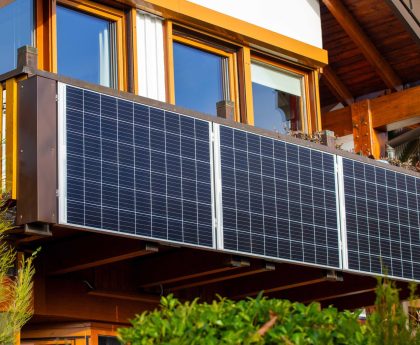A rare warning has been issued
Warnings have been issued ahead of a huge solar storm which is set to hit Earth this evening, and could affect communications and power systems.
On Friday evening (May 10), the biggest solar storm since 2005 is predicted to hit our planet, with the US National Oceanic and Atmospheric Administration (NOAA) issuing a rare Severe Geomagnetic Storm Watch.
The NOAA’s Space Weather Prediction Center (SWPC) has classified the storm as a level G4 event, the second highest level possible.
“Several coronal mass ejections (CME) will quite likely reach Earth and lead to highly elevated geomagnetic activity,” NOAA’s forecast stated. “Watches at this level are very rare.”
These geomagnetic storms can disrupt communications systems on Earth, and there is a risk that this event could affect radio communications, GPS and power grids over the two hours it takes to reach peak strength.
The SWPC said: “These two sunspot clusters are magnetically complex and much larger than Earth. Together they have been the source of frequent M-class flares (minor to moderate).
“RGN 3664 (the combined sunspot region) continues to grow and increase in magnetic complexity and has evolved into a higher threat of increased solar flare risk.”
Meanwhile, the BBC has warned that “satellite communications and power systems could be affected” by the solar storms.
The huge scale of this solar events also means that the aurora borealis, a.k.a. the Northern Lights, could be visible across “all of the UK.”
The solar storms send out electrically charged particles from the sun which become trapped in by the Earth’s magnetic field.
Once trapped, the particles then heat up atoms in the Earth’s atmosphere by smashing into them, resulting in the bright colours we know as the Northern Lights.
In an update, the Met Office said: “Where skies are clear and provided dark enough skies, sightings are expected to develop following the CME arrival across the northern half of the UK, with a chance that aurora may become visible to all parts of the UK and similar geomagnetic latitudes.
“Aurora activity may remain enhanced after this given the potential for further Earth directed CMEs in the coming days.”
Related links:
Nasa shares video of what it’s like to fall into a black hole
Easyjet pilot does 360 in mid-air so passengers can enjoy Northern Lights
Cambridge scientist discovers signs of alien life
This post was originally published on 3rd party site mentioned in the title of this site






